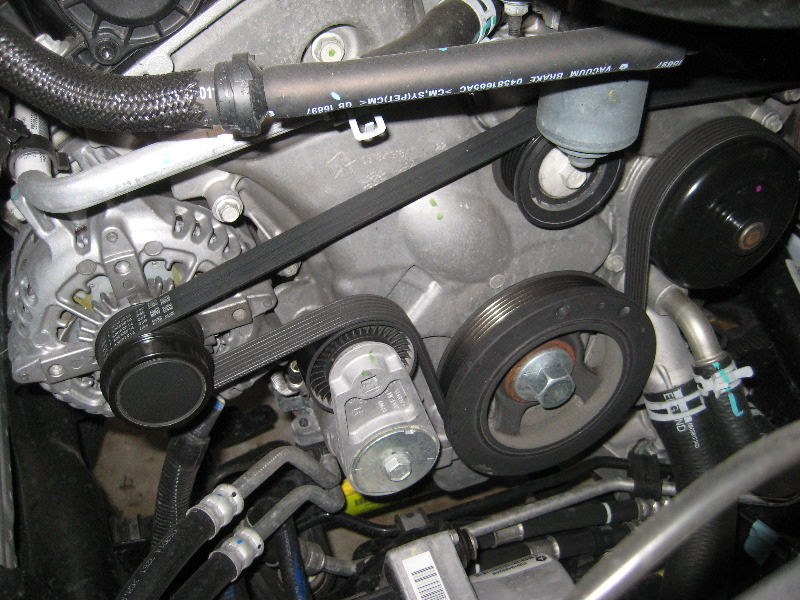
Check your belts!
<п>The front of your engine will usually have a series of rubber drive belts (depending on the make of your car, of course) that loop around the pulleys; these belts drive everything from the alternator to the a/c compressor. Your belts are subject to high temperatures and cold ones as well. Picture a winter day, your engine is ice cold like the weather.
Start your engine, commence your drive and the temperature in the engine compartment goes up swiftly and with those quick temperature surges, you can understand why belts which drive your engine and are under tension wear out. They are subject to many issues...some from wear, some from neglect, some from the neighborhood squirrel could decide it wants one of your belts for lunch. Rodents love to chew belts and all sorts of things. Problems! Thing is take a look. You could see that before you break down, right?
Doing lots of mileage? Belts wear! Severe heat in the summer, age and no maintenance? Issues!
The engine compartment is subject to extremes and extremes are always a bad thing when you expect your vehicle to be reliable... you'll be going no where fast if you let the gradual wearing out of a belt take you by surprise and......off the road.
Let a pro look at your timing belt and accessory drive belt every 25,000 miles and preferably replace it every 50,000 miles.
There's a lot to be said for looking at your engine periodically. Many parts, like belts, show indications that they are wearing out. Why breakdown and/or damage to your engine when a "look see" never hurts. And 106 St Tire & Wheel we give you a free 47 point safety inspection and, for sure, we will be peering at those belts.
Check your oil level:
This is something everyone can do - but why? 106 St Tire & Wheel will check your belts and your oil in our free safety inspection, too. As stated above, we do a 47 point safety check free!
We will tell you if your engine needs oil. Why chance the oil being too high or too low because it can cause big trouble for your engine and we do oil changes for $25 for most cars and rotate your tires for free at all locations 24 hours, 7 days a week.
If you do want to do it yourself, park on level ground and wait until the engine has cooled down after driving; then locate the dipstick. Get a sheet or two of paper towel or a rag.
Pull out the dip stick and wipe it clean, then push it all the way back in until the top of it is seated properly in the dip tube you took it out of.
Wait a moment then pull it out again then check the level of the oil on the stick and see where the level is. If it's between the high and low marks, you're good. The high and low marks can be marked by two indicators, namely, an "H" (for high) and "L" (for low) or a shaded area on the dipstick.
If you need oil, add it slowly so you don't add too much.